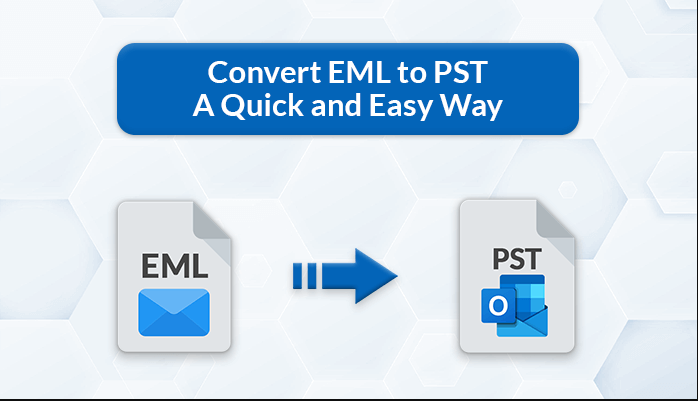Analyzing an EML (Email Message) file involves a thorough examination of both its content and metadata. EML files contain the entire email message, including the message body, attachments, and crucial metadata such as sender and recipient details, timestamps, and other essential information. This comprehensive analysis is crucial for various purposes, including cybersecurity investigations, forensic examinations, and ensuring the legitimacy of email communications. In this detailed guide, we will explore the step-by-step process of analyzing an EML file to extract valuable insights and identify potential security risks
Opening the EML File:
The first step in analyzing an EML file is to open it using a suitable email client or EML Viewer. Many email clients, such as Thunderbird, Outlook, and web-based services like Gmail, support the opening and viewing of EML files. Once opened, you can access the email content, attachments, and metadata.
Viewing Header Information:
The header of an EML file contains crucial metadata that provides insights into the email’s origin, transmission, and routing. Key information includes the sender’s email address, recipient’s email address, subject, date and time of sending, and the unique Message-ID. Analyzing the header can help identify potential issues, such as spoofed email addresses or suspicious routing patterns.
Checking Attachments:
Inspecting attachments is a critical aspect of EML file analysis. Attachments may contain additional information or pose security risks, such as malware or phishing attempts. Extract and examine each attachment separately to identify any potential threats or hidden content.
Examining Links and URLs:
Analyze the email content for hyperlinks and URLs. Malicious emails often contain links that lead to phishing websites or malware downloads. Check the URLs for legitimacy and ensure they do not direct to malicious sites. URL analysis tools or online services can be utilized to check the reputation of links.
Checking for Embedded Images:
Embedded images in an email can also be analyzed for potential security risks. Malicious actors may use images to hide or convey information. Inspect embedded images for any anomalies or signs of tampering.
Reviewing Email Body:
Carefully read the email body to identify any suspicious or unusual content. Pay attention to the language used, as phishing attempts often involve social engineering techniques. Look for grammatical errors, unusual requests, or urgent language that might indicate a fraudulent email.
Analyzing Email Format:
Ensure that the email format adheres to standard practices. Malicious emails may exhibit irregular formatting or contain language that raises suspicion. Analyzing the format can help identify potential phishing attempts or fraudulent communications.
Using Email Forensics Tools:
For a more in-depth analysis, consider using tools such as SysTools EML Converter designed to convert detailed information from EML to multiple file format. These tools can provide insights into email headers, attachments, and other metadata.
Checking for Malware:
Run the EML file through antivirus or anti-malware scanners to detect and remove any potential threats. Malicious actors often use email attachments to distribute malware. A thorough malware scan is essential to ensure the security of the system.
Metadata Analysis:
Extract and analyze the metadata of the EML file. Metadata includes information about the email’s origin, route, and any changes made during transmission. Analyzing metadata can reveal potential manipulation or tampering of the email message.
Verifying Sender Information:
Cross-verify the sender’s information with known contacts or official communication channels. If the sender’s details appear suspicious or if the email is unexpected, exercise caution. Verifying sender information is crucial in identifying phishing attempts or fraudulent communications.
Considering Legal and Ethical Aspects:
When analyzing EML files, it’s essential to consider legal and ethical aspects. Handling email content may be subject to privacy laws and regulations. Ensure that your analysis complies with relevant legal standards and ethical guidelines.
Consulting with Security Experts:
If you encounter a complex or potentially malicious EML file, consider consulting with cybersecurity experts or your organization’s IT department. Security professionals can provide additional insights and guidance in handling and mitigating potential security threats.
Conclusion:
Analyzing EML files is a multifaceted process that involves examining both the content and metadata of email messages. This detailed analysis is crucial for identifying security risks, ensuring the legitimacy of email communications, and conducting forensic investigations. By following the outlined steps, individuals and organizations can enhance their ability to detect and respond to potential threats effectively. Regular training on email security best practices and the use of advanced security tools can further bolster defenses against evolving cyber threats. As the landscape of cyber threats continues to evolve, a proactive and informed approach to EML file analysis is essential for maintaining a secure digital environment.











